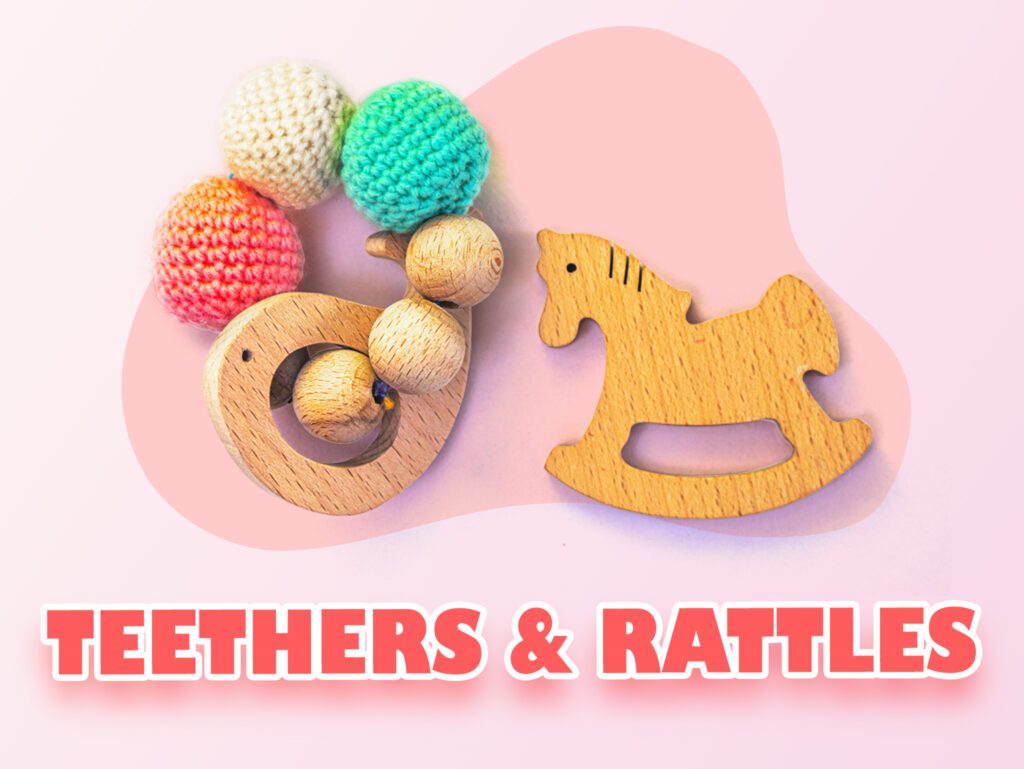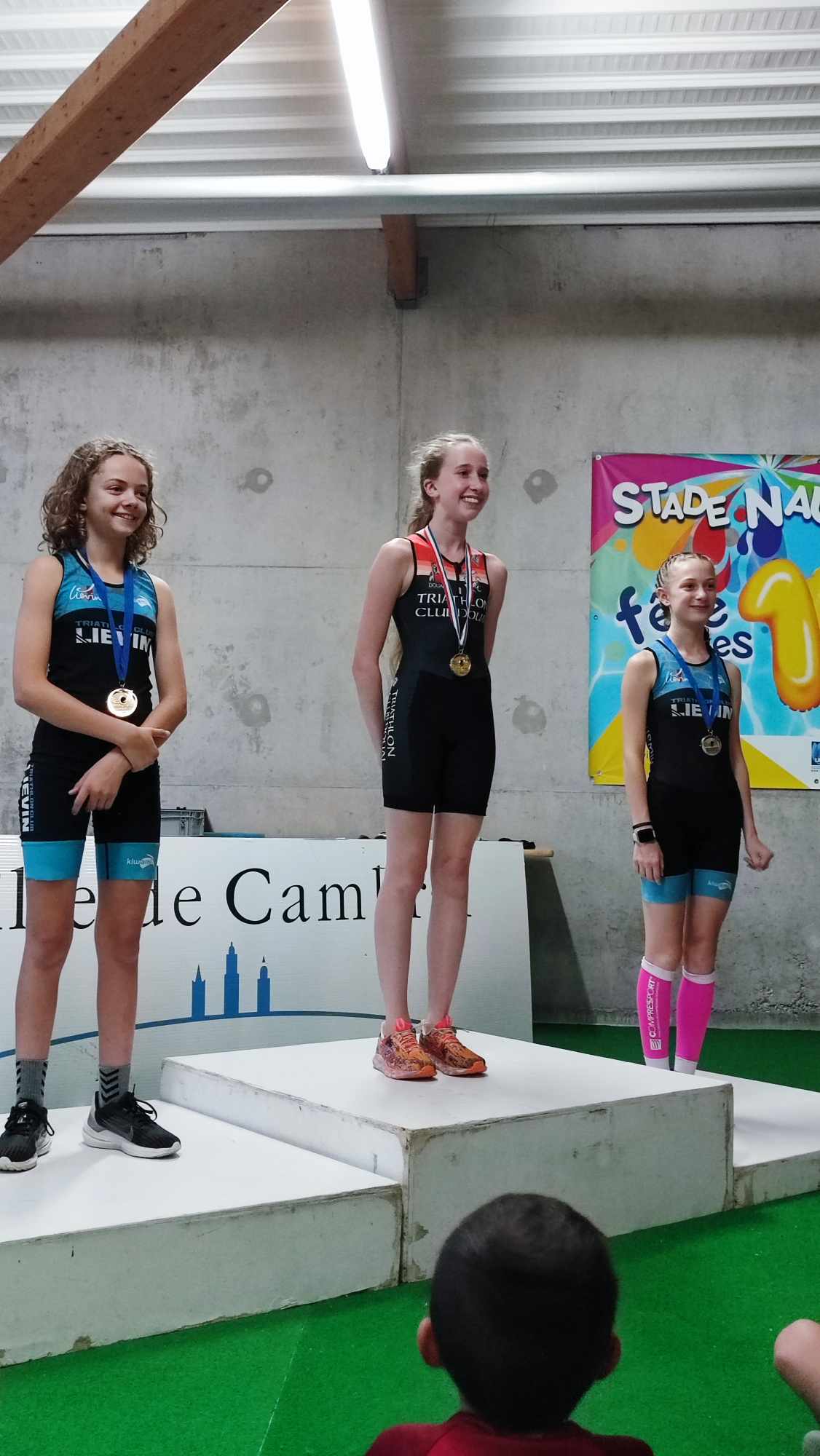Sensorial development is an important aspect of a baby’s growth and development. From birth, babies begin to explore and learn about the world around them through their senses.
The process of sensorial development begins in the womb, with the fetus being able to hear sounds and taste flavors from the mother’s diet. After birth, a baby’s senses continue to develop and mature rapidly in response to environmental stimuli. For example, babies will start to focus on and follow objects with their eyes, and they will begin to recognize and respond to familiar voices and faces.
Early year sensorial development in baby:
What sensory development happens in the 1st year?
During the first year of life, babies experience significant development in all of their senses. Here are some examples of sensory development that occur during the first year:
Vision: At birth, babies can see best at a distance of 8-10 inches and can focus on high-contrast patterns, such as black and white stripes. Over the first few months, their vision improves, and they begin to track moving objects and recognize familiar faces. By around 6 months, they have developed depth perception and can see in 3D.
Hearing: At birth, babies can hear sounds, but their hearing is not fully developed. Over the first few months, they can distinguish different tones and pitches and respond to voices and music. By around 6 months, they can recognize familiar sounds and respond to their own name.
Touch: From birth, babies have a strong sense of touch and can feel different textures and temperatures. They also have a grasp reflex, which allows them to hold onto objects. Over the first year, their sense of touch becomes more refined, and they develop the ability to pick up and manipulate objects with greater precision.
Taste and Smell: Babies are born with a well-developed sense of taste and can distinguish sweet, sour, bitter, and salty flavors. They also have a sense of smell and can recognize familiar scents, such as their mother’s milk. Over the first year, they become more selective in their tastes and may show preferences for certain foods.
Proprioception: Proprioception is the sense of where your body is in space. Babies develop proprioception through movement and exploration, and by around 6 months, they can sit up, roll over, and crawl. By the end of the first year, they may be standing or taking their first steps.
The first year of life is a critical period for sensory development, as babies learn to perceive and make sense of the world around them. It’s important to provide babies with a variety of sensory experiences, through play, exploration, and interaction with their environment.
How to help sensorial development in babies
Here are some ways parents can help support the sensorial development of babies:
Provide opportunities for sensory exploration: Babies learn through exploration and play, so provide them with a variety of objects with different textures, colors, shapes, and sizes to touch, feel, and manipulate. You can use toys, household objects, and natural materials like fabrics, leaves, and rocks.
Engage in interactive play: Interacting with your baby during playtime can help promote their sensorial development. Talk to them, sing songs, and encourage them to imitate sounds and movements.
Allow for unstructured playtime: Babies need time and space to explore their environment on their own, without too much adult interference. Allow them to play freely, even if it means making a mess or taking longer to complete a task.
Read books and tell stories: Reading books and telling stories to babies can help promote language development and engage their imagination. Use books with colorful pictures and simple stories that are age-appropriate.
Encourage physical movement: Physical movement, such as crawling, rolling, and reaching, can help babies develop their gross motor skills and enhance their sense of spatial awareness.
Provide sensory experiences: Sensory experiences, such as playing with water, sand, or playdough, can provide babies with new and exciting sensory experiences. Make sure to supervise your baby closely during these activities.
Spend time outdoors: Spending time outdoors can provide babies with a range of new sensory experiences, such as feeling different types of surfaces underfoot and experiencing the sights and sounds of nature.
By providing babies with a variety of experiences that engage all of their senses, you can help promote healthy sensory development and support their overall growth and development.
Toys to help sensory growth in baby
There are many toys that can aid in sensory development in babies. Here are a few examples:
Soft toys with different textures: Soft toys made with different materials such as cotton, fur, or silk can help babies develop their sense of touch.
Musical toys: Toys that play different sounds or music can help babies develop their hearing and sense of rhythm.
Mirror toys: Babies love to look at themselves in mirrors. Mirror toys can help babies develop their sense of sight and also their sense of self.
Teething toys: Teething toys made with different textures and shapes can help babies develop their sense of touch and provide relief during teething.
Sensory balls: Balls with different textures, colors, and shapes can help babies develop their sense of touch, sight, and hand-eye coordination.
Stacking toys: Stacking toys made with different materials such as wood, plastic, or fabric can help babies develop their sense of touch, sight, and hand-eye coordination.
Busy boards: Busy boards are boards with different buttons, latches, switches, and knobs that babies can manipulate. Busy boards can help babies develop their fine motor skills and problem-solving abilities.
Tactile books: Tactile books made with different fabrics, textures, and colors can help babies develop their sense of touch and sight, and also promote early literacy skills.
Remember to always supervise babies while they are playing with toys, and to choose toys that are age-appropriate and safe for your baby.The development of a baby’s senses is important for their overall growth and development.
Their sensory experiences help them to learn about the world around them, and they are a critical component of cognitive, social, and emotional development. Therefore, it is important for parents and caregivers to provide a safe and stimulating environment that
encourages and supports a baby’s sensorial development.



